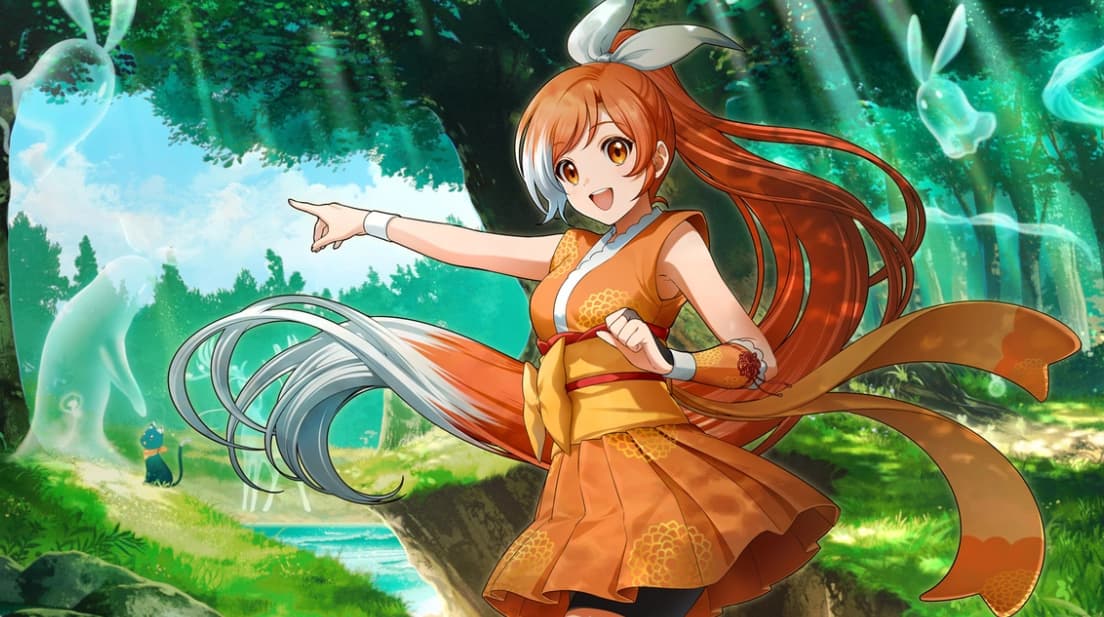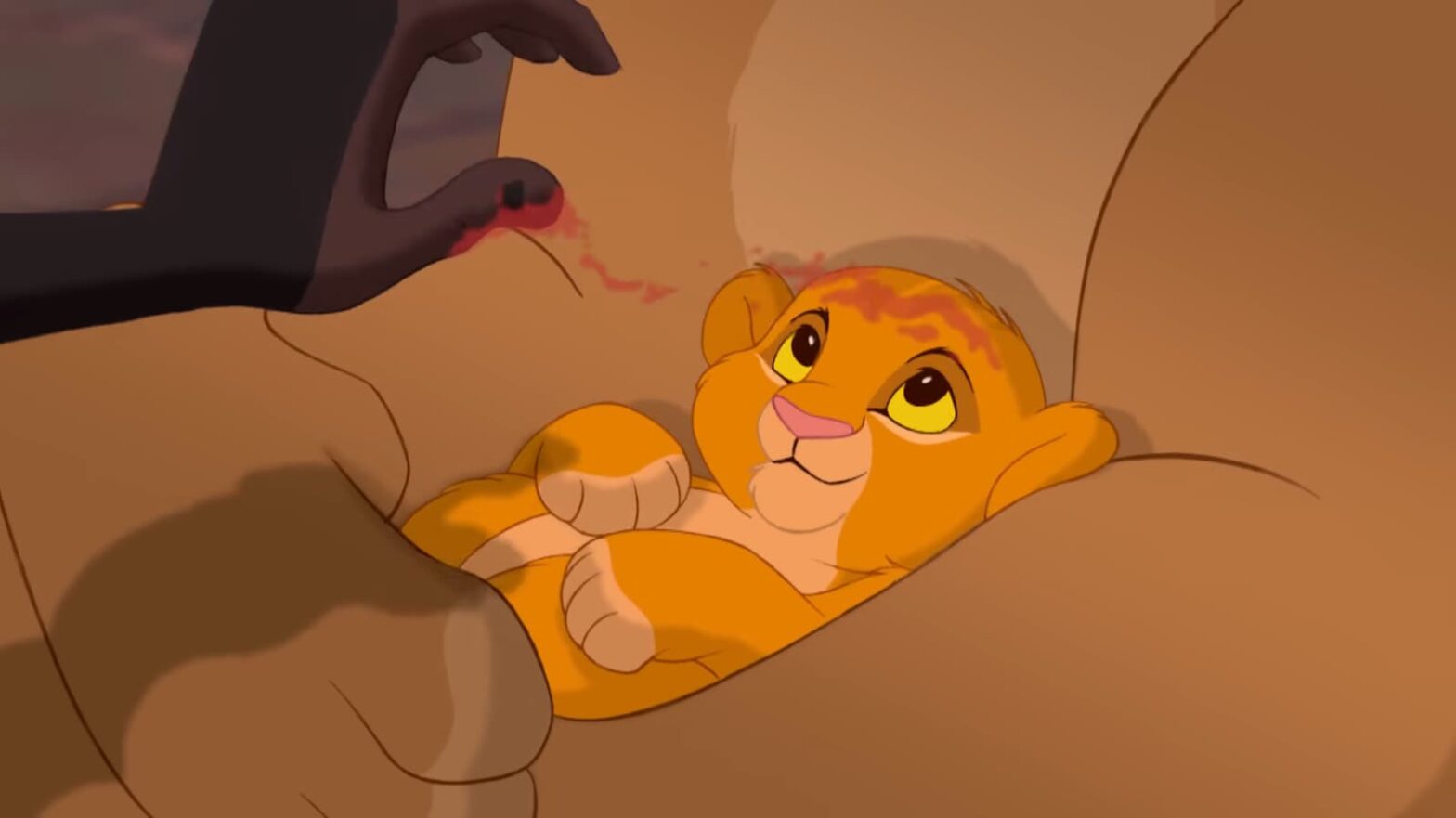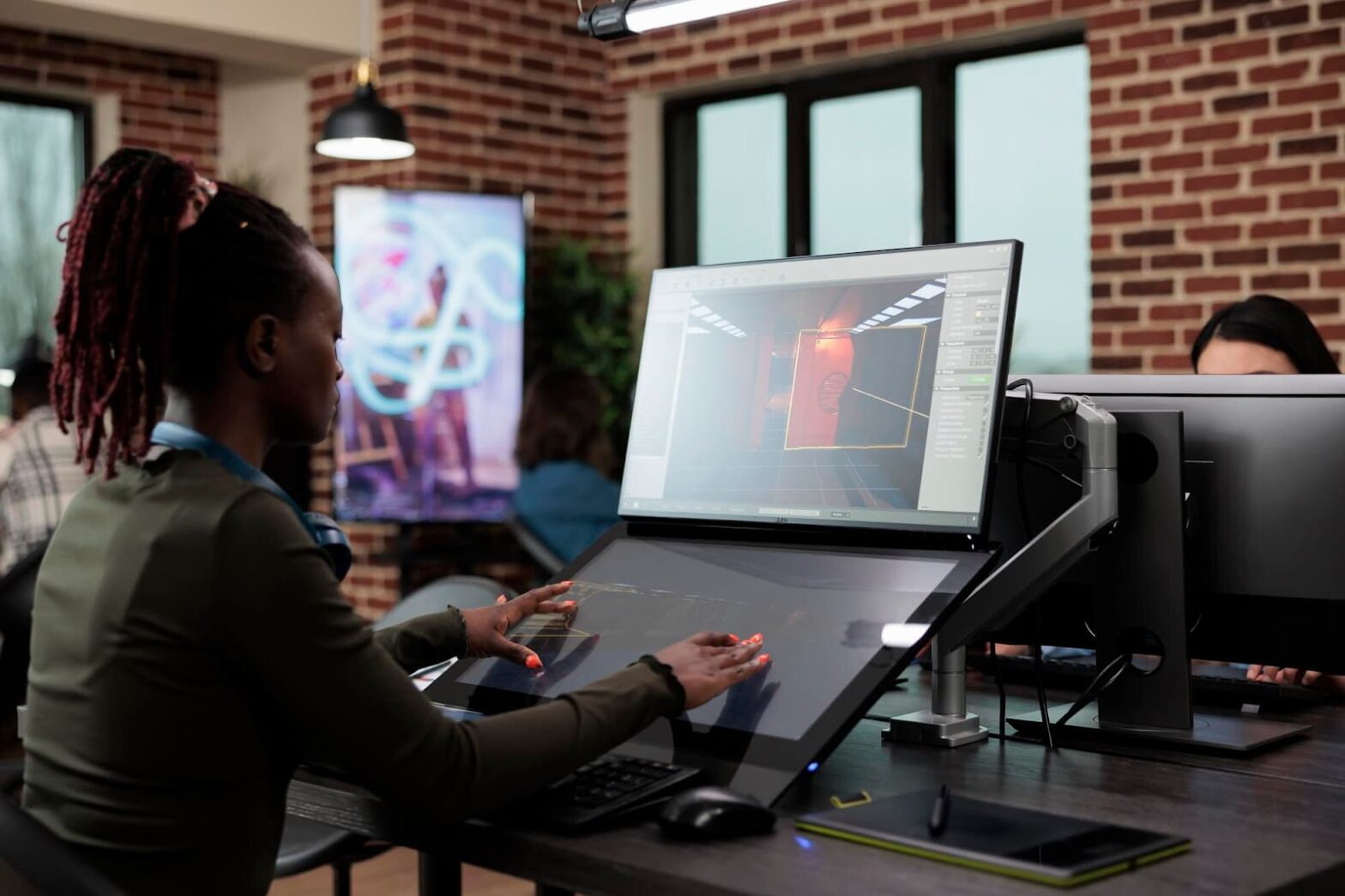The journey to produce an animation is both intricate and fascinating, often sparking curiosity about its duration. Animations hold a unique allure due to their ability to breathe life into the abstract and the unreal, simplify complex ideas, and offer an enduring and easily adjustable medium compared to traditional live-action videos.
One commonly pondered question revolves around the time frame required to complete an animated project. This article aims to shed light on the timeline for creating an animated video and the essential factors to consider before embarking on such a creative venture.
Production Timeline for an Animation
The creation of an animation unfolds over a typical period of eight weeks, encompassing various critical stages. These stages include briefing, concept development, scriptwriting, key visual creation, storyboard drafting, illustration, animation, and sound design. Each phase is crucial for the animation’s success, aiming to bring a creative vision to life.
The pre-production phase initially allocates several days to briefing, ideation, scriptwriting, and concept art, setting the stage for the project’s foundation. Scriptwriting, encompassing voice-over and visual description, takes about a week, emphasizing the importance of timely feedback from clients to maintain project momentum.
Subsequent weeks focus on finalizing the storyline, illustrations (taking 10–12 days), voiceovers, music, and animatics. Once illustrations are prepared, the animation phase demands about two weeks of dedicated effort. Post-production then involves sound design, special effects, and final rendering, culminating in a 60 to 90-second high-quality animation. While it is possible to expedite the process, hastening often requires additional resources and increases costs. However, with more hands on deck and clear communication between the client and the design studio, timelines can be significantly shortened.
Stages of Animation Production: How Long Does it Take to Make an Anime Episode?
Briefing and Conceptualization
The initial phase involves creating a creative offer post briefing, allowing designers to grasp the project’s goals and desired stylistic elements comprehensively. A well-crafted brief not only considers the target audience but also outlines the project’s tone, message, and visual expectations, directing the project towards its intended outcome. This stage, crucial for aligning the creative vision with practical execution, typically concludes within 3–6 days. It sets a foundation for the entire project, ensuring that every team member understands the client’s vision and objectives clearly. This phase is instrumental in preventing miscommunications and ensuring that the project starts on the right foot, with everyone moving in the same direction.
Brainstorming and Scriptwriting
Following the briefing, the team engages in brainstorming sessions to develop the client’s ideas further. This phase involves copywriters and art directors working closely to decide on the project’s overall stylistics and narrative direction. The brainstorming sessions are dedicated to exploring various creative avenues, ultimately proposing aesthetic elements and solutions that best convey the intended message. This collaborative effort culminates in the scripting phase, which meticulously outlines the animation’s narrative, ensuring the story flows logically and engagingly over 5-8 days. This stage is critical for crafting a compelling script that effectively communicates the message while captivating the audience, laying the groundwork for a successful animation.
Voiceover and Storyboard Creation
After the script is finalized, voiceover artists are brought in to give life to the written word, setting the animation’s tone, pace, and rhythm. This process, typically completed within 1-3 days, is essential for determining the animation’s flow and timing. Simultaneously, the storyboard creation phase begins, visualizing the script scene by scene. This step provides a visual blueprint of the animation, offering an early glimpse into how the story unfolds, its pacing, and how visual elements interact. Taking 4-7 days, this stage is pivotal in visual storytelling, allowing for adjustments before the animation process begins, ensuring that the narrative structure is both coherent and visually engaging.
Key Illustration and Animatic Development
Key illustrations, developed over 2-4 days, serve as the initial visual concepts that guide the animation’s artistic direction. These crucial illustrations or concept arts are instrumental in defining the project’s visual tone, character designs, and environments, ensuring a cohesive visual narrative. Simultaneously, the development of animatics transforms the storyboard into a preliminary video format, combining key illustrations with voiceovers and potential soundtracks. This process, taking about a week, is vital for assessing the animation’s pacing, scene transitions, and overall narrative flow. It offers a tangible preview of the animated piece, allowing for early revisions and adjustments to ensure the final product aligns perfectly with the creative vision.
Illustration and Animation
The illustration phase extends over 10-12 days, where artists meticulously refine characters, settings, and all visual elements, giving depth and personality to the narrative. This stage is critical as it transforms conceptual sketches into detailed illustrations, ensuring each character and backdrop aligns with the story’s mood and the overall creative direction. Illustrators work closely with directors to ensure visual consistency and thematic accuracy, which is vital for immersive storytelling. Following this, the animation phase begins, taking 12-16 days of intensive effort. During this period, animators breathe life into the still illustrations, creating fluid, dynamic scenes that convey emotion and action. Utilizing the storyboard as a guide, they meticulously animate each scene, ensuring that movements are natural and expressions convey the intended emotions. This phase is where the magic happens, blending art and technology to create a seamless narrative flow. It demands a high level of skill and creativity, as animators work to realize the full potential of the initial vision, making the characters and story come alive.
Sound Design
Sound design, completed within 1-3 days, is an essential phase where audio elements are carefully selected and integrated to complement the visual narrative, adding depth and dimension to the animation. This stage involves the strategic placement of sound effects, music, and any other auditory elements that enhance the storytelling, ensuring that the auditory experience matches the visual impact. Sound designers collaborate with the creative team to develop a sonic landscape that supports the animation’s themes, mood, and pacing. The choice of music, the timbre of sound effects, and the rhythm of the audio are all meticulously crafted to align with the animation’s transitions and scenes, enriching the viewer’s experience. This phase is not just about adding sound but about enhancing the overall narrative, drawing the audience deeper into the story. Good sound design is subtle yet powerful, capable of invoking emotions, accentuating moments of tension, and elevating the animation’s immersive quality. It’s a delicate balance of artistry and technical skill, where sound becomes an integral part of the storytelling, completing the sensory experience of the animated piece.
Conclusion
Understanding the timeline for producing an animation unveils the delicate balance between expedience and preserving creative integrity. Engaging actively with the design team, articulating needs clearly, and providing prompt feedback can streamline the process, ensuring the final product aligns with the envisioned message. The eight-week process, though comprehensive, is designed to yield captivating animations that resonate with audiences and effectively communicate the intended narrative.
Frequently Asked Questions
1. How Long Does It Take to Create a 30-Second Animation?
Creating a 30-second animation typically spans between 5 to 15 days. The actual time required can vary significantly based on the project’s complexity and the detail involved in the animation. Factors influencing this duration include:
- Complexity of the Animation: More intricate animations with detailed backgrounds and characters require more time;
- Quality of Graphics: Higher quality and resolution of graphics can extend production time;
- Animation Style: Some styles, such as traditional frame-by-frame animation, take longer than others;
- Revision Cycles: The number of revisions requested by the client can also affect the timeline.
2. What’s the Duration for Producing a 2D Animation?
For a concise 30-second 2D animation, the production time might be around 5 days. Extending the animation to a 2-minute duration could take approximately 15 days. It’s important to note that the quality of the graphics and character designs is a pivotal factor that influences the timeline. Key factors include:
- Detail Level: More detailed character designs and backgrounds require additional time;
- Animation Technique: The specific techniques used can affect production time;
- Storyboard Complexity: A complex storyboard with many scene changes can extend the timeline;
- Sound Integration: Adding voiceovers and sound effects can also influence the duration.
3. Why Is 2D Animation Time-Consuming?
The primary reason 2D animation takes a considerable amount of time is the rendering process. This involves transforming the animated scenes (keyframes) into a format that’s viewable on various devices. Factors that contribute to this time-consuming process include:
- Rendering Quality: Higher quality renders take longer;
- Frame Rate: A higher frame rate for smoother animation increases rendering time;
- Visual Effects: Additional effects like lighting and shadows can prolong the rendering process;
- Hardware Capabilities: The speed and capacity of the rendering hardware also play a significant role.
4. What about the Timeframe for Creating a 12-Episode Anime Series?
The production timeline for a 12-episode anime series is highly variable, ranging from as little as 15 days to as much as a year. Influencing factors include:
- Production Techniques: Techniques such as CGI animation vs. traditional animation can affect the timeline;
- Use of Stock Footage: Employing stock footage from previous episodes can significantly reduce production time;
- Team Size: A larger team can work faster but coordination becomes more challenging;
- Episode Complexity: Episodes with more complex scenes or higher quality animation require more time.
5. How Does Team Size Impact Animation Production Time?
The size of the animation team can have a significant impact on the production time of an animation project. Various factors related to team size influence the duration of the project, including:
- Division of Labor: A larger team can divide the workload more effectively, potentially speeding up the production process by allowing tasks to be completed in parallel;
- Specialization: Teams with specialized roles (e.g., storyboard artists, character designers, animators) can work more efficiently, with each member focusing on their area of expertise;
- Coordination and Communication: While a larger team can work faster due to divided tasks, the need for coordination and effective communication becomes more critical and challenging. Poor communication can lead to delays;
- Revisions and Feedback: A larger team might implement revisions and feedback more swiftly, but the process of reviewing work and consolidating feedback may take longer due to the increased number of contributors;
- Resource Management: Managing resources and scheduling can be more complex with a larger team, but if done effectively, it can lead to a shorter production timeline.
Overall, while a larger team has the potential to complete an animation project more quickly, the benefits must be balanced against the challenges of managing a larger group and ensuring efficient communication and coordination.



